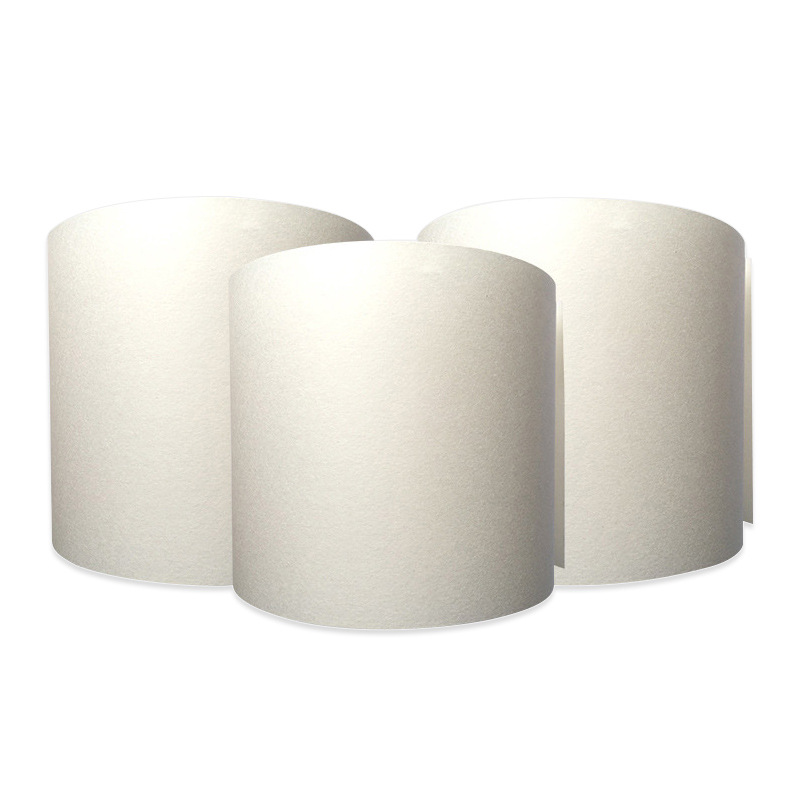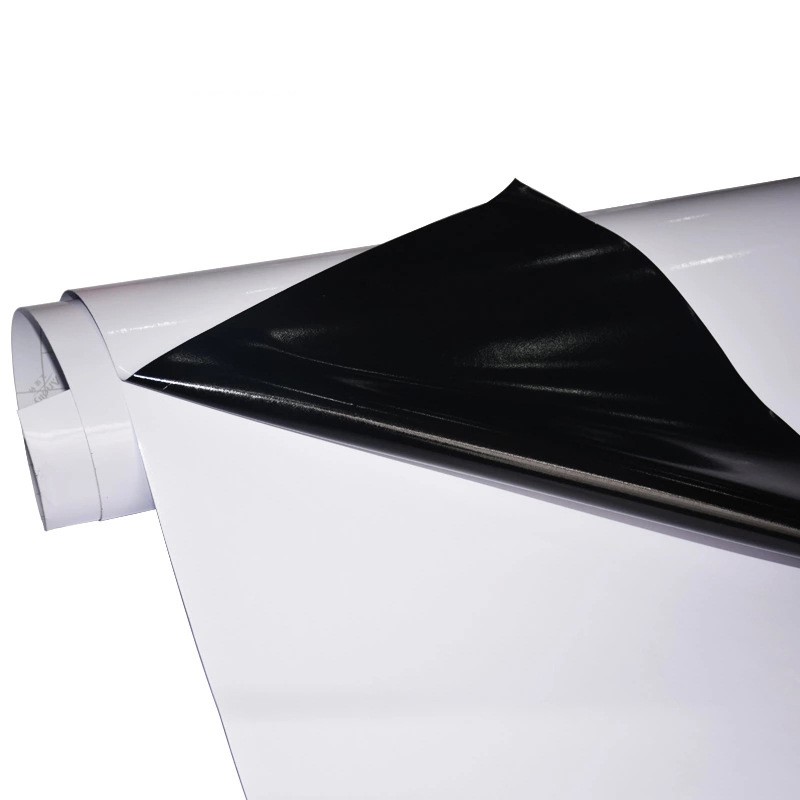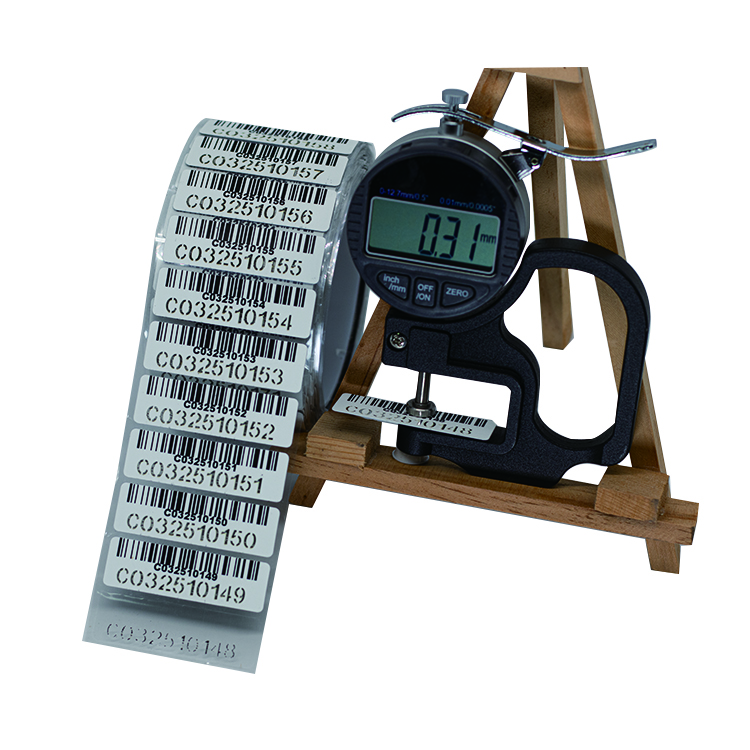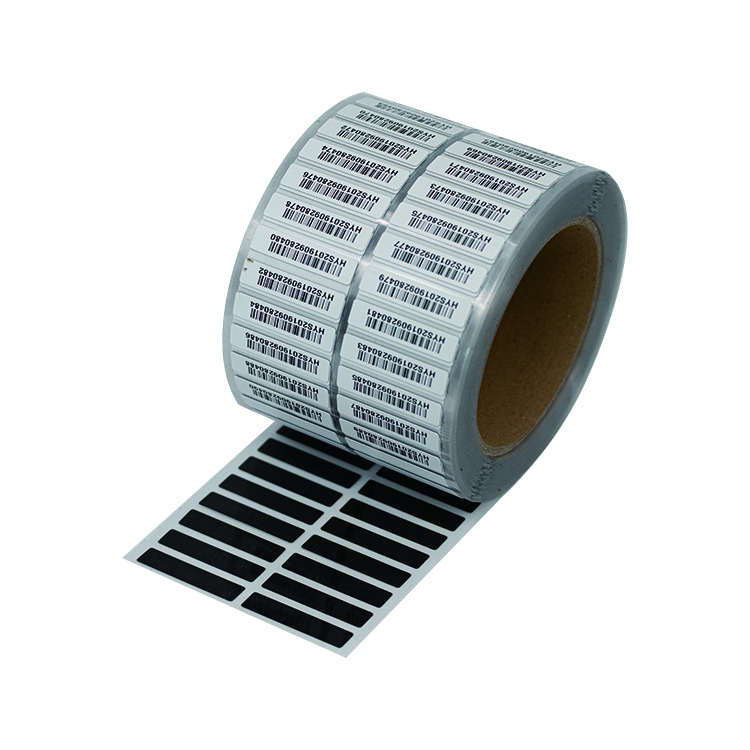20 Common Types of Adhesive Materials in Packaging Design
adhesive labels have deeply penetrated; Invasion” In every aspect of our lives, whether it's the labels used to distinguish bottles and cans in the kitchen, the trademarks on the packaging of supermarket products, or even the anti-counterfeiting labels on cosmetics, appliances, drugs, and other products The application of adhesive labels can be seen everywhere! However, most people do not know that although they are all stickers, they have a super variety of classifications, and the scope of application is also very different~
There are currently about 20 most commonly used stickers on the market. Let's explore their applications together~
1. Pressed writing paper, adhesive paper labels
2. Copperplate paper adhesive label
3. Mirror coated paper adhesive label
4. Aluminum foil adhesive label
5. Laser film adhesive label
6. Fragile paper adhesive label
7. Thermal paper adhesive label
8. Heat transfer paper adhesive label
9. Removable adhesive labels
10. Washable adhesive sticker
11. PE adhesive label
12. PP adhesive label
13. PET (polypropylene) adhesive label
14. PVC adhesive label
15. PVC shrink film adhesive label
16. Chemical synthetic paper
17. Light Gold/Light Silver Adhesive
18. Matte gold, matte silver adhesive labels
19. Kraft paper adhesive label
20. Meiwen Paper Adhesive Label
What are the characteristics of synthetic paper stickers?
Adhesive labels are still quite common in our daily lives, with a wide variety of types. The characteristics and application fields of different types of adhesive labels are different. Therefore, we need to have a better understanding of the characteristics of the adhesive labels we need to use. Synthetic paper adhesive labels are one of them. Today, Xiao Zhang will take you to learn about the characteristics of synthetic paper stickers
Synthetic paper adhesive, also known as Synthetic paper in English, is a new type of plastic material product and an environmentally friendly adhesive. It has the characteristics of light weight, high strength, tear resistance, good printability, light shielding, UV resistance, durability, and economic and environmental protection
1. Environmental Protection: The raw material source and production process of polypropylene synthetic paper will not cause environmental damage. The product can be recycled and reused, and even if it is incinerated, it will not produce toxic gases and cause secondary pollution, which meets the requirements of modern environmental protection
2. Compared to regular paper, synthetic paper has superior performance: it has the characteristics of high strength, tear resistance, perforation resistance, wear resistance, folding resistance, moisture resistance, and insect resistance
3. More versatile than regular paper: Synthetic paper has excellent water resistance, making it particularly suitable for outdoor advertising and non paper trademark labels. Due to the dust-free and lint free nature of synthetic paper, it can be used in clean rooms
4. Can come into direct contact with food
5. Superior processing performance: Synthetic paper has the characteristics of high strength, tear resistance, perforation resistance, wear resistance, folding resistance, moisture resistance, and insect resistance
6. PP pearl synthetic paper is waterproof, durable, tear resistant, and has good weather resistance. It is very suitable for use in scenic spots, mountain climbing, tourist route maps, and military maps
7. Used for teaching wall charts and children's game charts, it can avoid the problem of easily damaged drawings and has the advantage of durability
8. High printing brightness, good resolution, and very easy to print
9. Waterproof, durable, tear resistant, and excellent weather resistance
10. The paper has good whiteness, is not easy to fade, and will not turn yellow for a long time. High temperature resistant labels are also a type of special label

Does temperature have an impact on adhesive labels?
Some customers often report that the adhesive strength of self-adhesive labels is insufficient, resulting in the detachment of product labels. In the food industry, such issues are particularly prominent. On a common product label, the description of the ambient temperature is as follows: maintain room temperature, applicable ambient temperature range is -50 ° C to 80 ° C, and the minimum ambient temperature on the product label is 7 ° C. There are three types of environmental temperatures mentioned here, namely storage environment temperature, labeling environment temperature, and application environment temperature. Next, we will explore the significant impact of environmental temperature on product labeling
Adhesive labels are affected by surrounding moisture, coupled with temperature changes in the morning and evening, and repeated use can cause label deformation. However, professional low-temperature resistant adhesive labels can withstand extreme environmental temperatures and temperature changes, and are suitable for all refrigerated storage products
Refrigerated food labels can have a significant impact on the quality of adhesive labels during cold and humid weather. What are the consequences of using adhesive labels in an environment with temperatures below minus tens of degrees? What kind of product labels should we choose
The characteristics of a cold storage environment are high humidity and low temperature. If ordinary product labels are used in cold storage, the labels are prone to deformation, wrinkling, and detachment. In addition, there are various forms of packaging for items inside the cold storage. Therefore, the selected product labels should have excellent waterproof, moisture-proof, and low-temperature resistance performance
There are various types of adhesive for product labels, and ultra-low temperature adhesive should be used in cold storage. If the label is attached at room temperature and then placed in the cold storage, the label paper should be made of a material with obvious elasticity. Considering that the packaging form of the item may be ordinary paper packaging or nylon bag packaging, different materials of product labels can be selected according to the needs

Reasons for causing the edge of self-adhesive labels to curl up
I believe that after staying in this industry for a long time, we often see some self-adhesive labels with raised edges after a period of use. What is going on
The key factors causing the edge of self-adhesive labels to curl up are as follows:
1. Adhesive viscosity is weak:
Suitable adhesive raw materials should be selected based on the object being pasted
2. Insufficient working pressure of the pressure roller of the labeling machine:
Adjust the working pressure of the pressure roller
3. The quality or type of label surface material does not comply with regulations:
When selecting label materials, consideration should be given to whether the labeled object is horizontal or inclined, large or small diameter, single inclined or curved, rigid or compressible. These indicators are directly related to the selection of the material. The soft plastic bottle body should be made of soft adhesive materials such as PE, PVC, non stretched PP and other composite materials, while the hard bottle body can be made of PET or BOPP materials
4. Unreasonable selection of adhesive:
When selecting adhesive for self-adhesive labels, the first thing to clarify is whether the adhesive required for the manufactured self-adhesive labels is permanent or removable, whether it is one-time adhesive or re adhesive, and whether the product has special requirements for the organic chemical characteristics of the adhesive for self-adhesive labels. For example, when labeling on surfaces with large curvature (circular plates with a diameter less than 2cm), thick or hard paper materials (such as mirror glass copperplate paper) are not suitable for the surface material. Instead, plastic film or thin soft paper materials with high original adhesive should be used; For vessels that require hot filling, it is advisable to use thin film materials and adhesives with good original viscosity for adhesive printing surface materials
5. Poor control of film tension:
After being properly coated, the label can be peeled off from the base paper and leveled without rolling, and the label can maintain good followability after labeling. After the label with too tight film tension is peeled off from the backing paper, the label will curl up, which can easily cause the edge of the label to peel off and curl up after labeling
6. The design scheme of the bottle body shape is not scientific:
An effective formulation should be a flat surface within the scope of bottle labeling (the key is in the design scheme of the flat round bottle body). If the surface within the labeling scope is partially spherical, the total area will be large when using paper labeling, and it is very easy for wrinkles to appear on both sides after labeling
We offer comprehensive technical support, including free professional labeling solutions, advice on label materials and adhesive selection, as well as online/offline assistance from professional software and hardware engineers. Service email: andy@ownlikes.cn. In pre-sales, we leverage our extensive experience in specialty labeling projects to provide clients with the most suitable hardware solutions. Additionally, all our label barcode printers and scanners come with a three-year free warranty, demonstrating our confidence in our products.






This site is protected by reCAPTCHA and the Google Privacy Policy and Terms of Service apply.